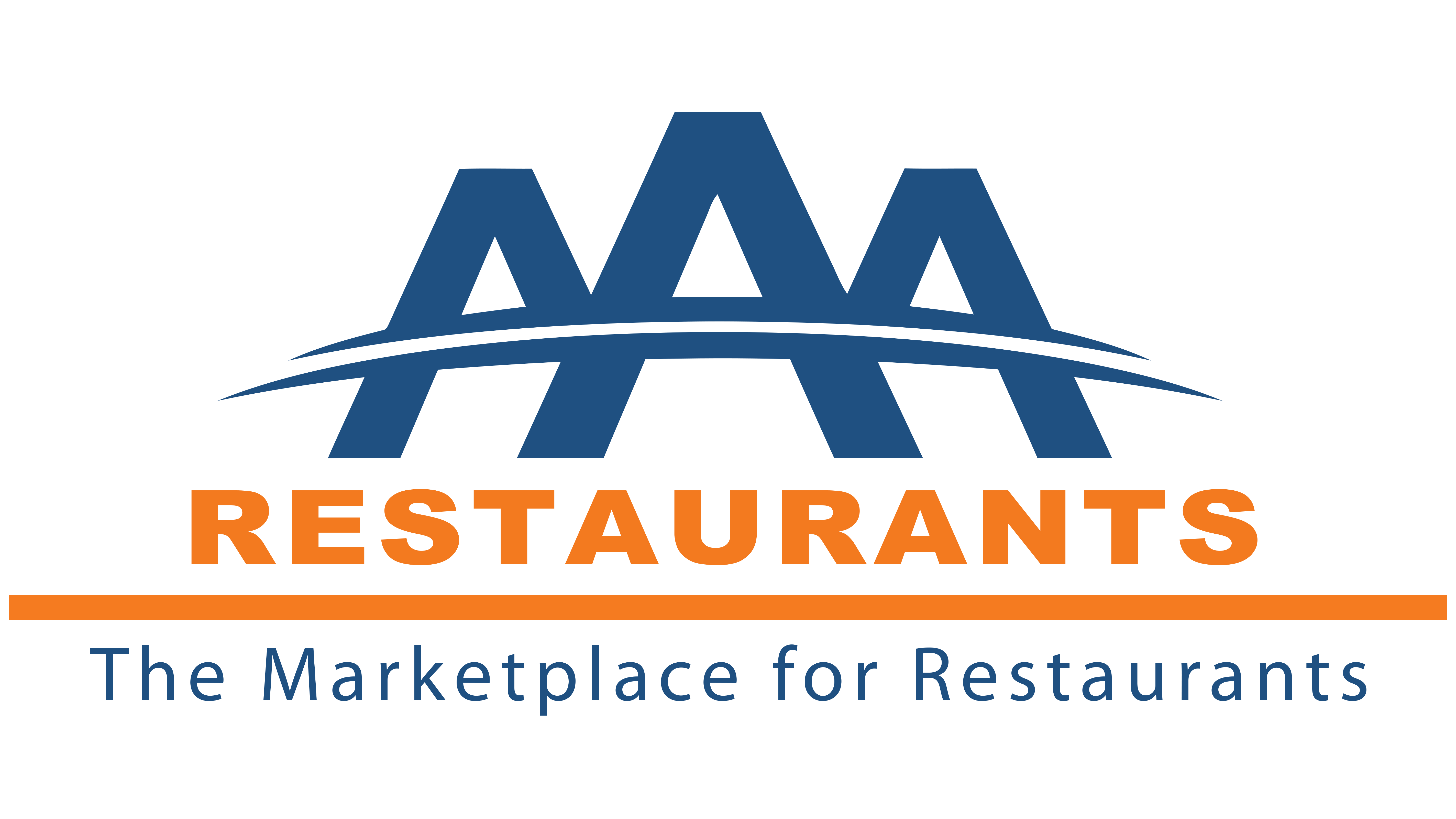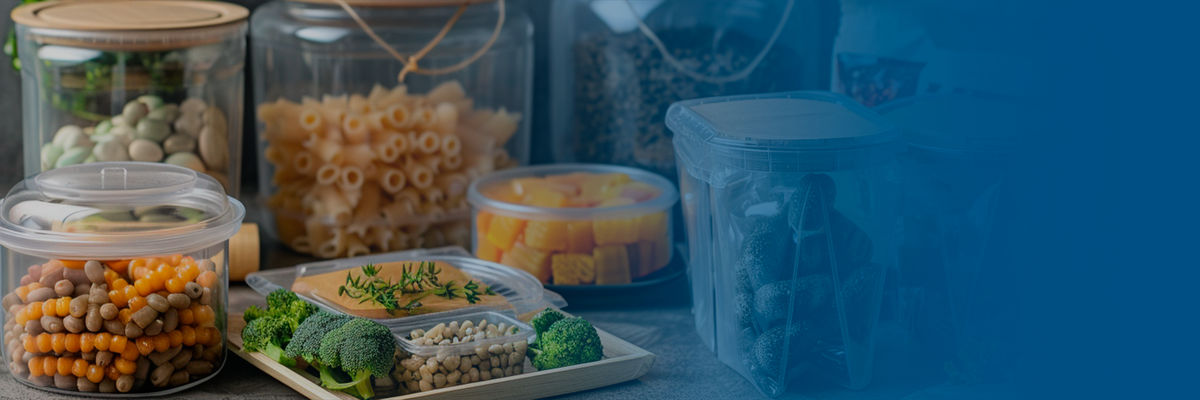
Food ordering, packaging, and presentation are some of the restaurant owner's top-notch aspects of providing an excellent food experience for your customer; the packaging should not only hold and preserve the flavor of the meals you serve.
It should be the perfect communication tool regarding quality and individual brand identity. At AAA Restaurants, a complete marketplace for restaurants, we will explore the concept of choosing your restaurant with the right food packaging supplies, considering the variety of materials, and decisive factors to consider efficiency and sustainability approaches.
Explore the Best Food Packaging Supplies Now!
Understanding the Types of Food Packaging Supplies Materials
The packaging arena is diverse and extensive, as there is a broad spectrum of materials, and choosing the best one that aligns with the specific needs of your restaurant business can be daunting.
Before choosing a suitable material, knowing the types of packaging materials is essential. These include conventional materials like paperboard and plastics and more eco-savior materials, such as decomposable fibers and recycled materials, each with pros and cons.
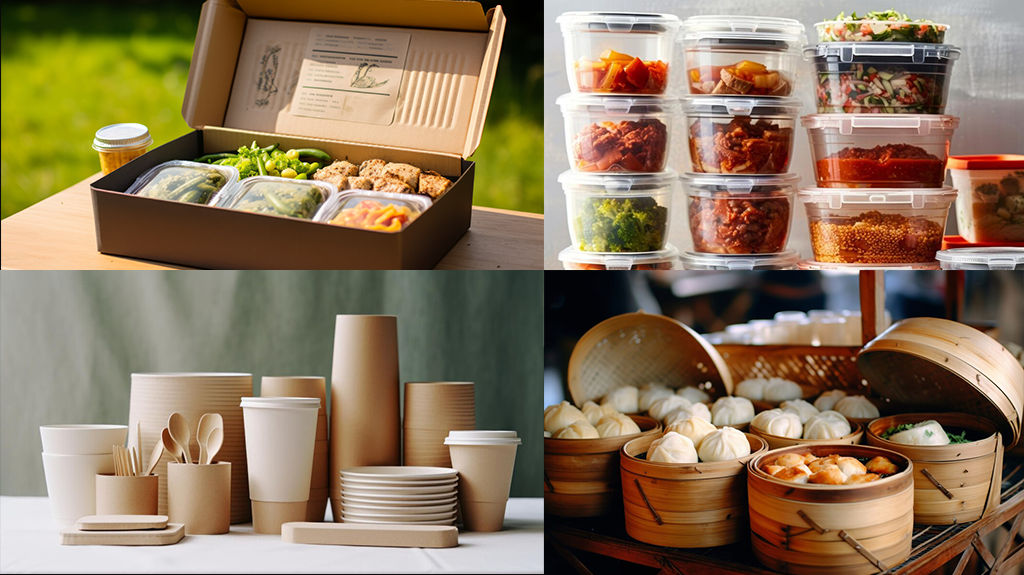
Paperboard and Cardboard:
Paper boards and cardboard are the traditional packaging materials that are the most favorable solutions. They can be supersized to your restaurant's branding and show good thermal insulation properties to keep food hot or cold during transport.
Plastic Containers:
Plastic containers, such as clamshells, trays, and lids, are famous for their transparency, leak resistance, and ability to create a secure seal. However, the environmental impact of plastic has led many restaurants to explore more sustainable alternatives.
Compostable Fibers:
The growing demand for eco-friendly packaging, compostable materials like molded fiber, bagasse (sugarcane pulp), and plant-based plastics have gained traction in the restaurant industry. These materials are designed to break down naturally, reducing waste and environmental impact.
Recycled Materials:
Packaging materials made from recycled materials, such as post-consumer paper or plastic, offer a more sustainable option while maintaining the necessary strength and functionality for restaurant use.
Ultimate Checklist for Food Packaging Supplies: Factors to Consider
If you're looking for the right packaging supplies for your restaurant, keep several things in mind. Whatever you choose must meet your business's needs, satisfy your customers, and be environmentally friendly.
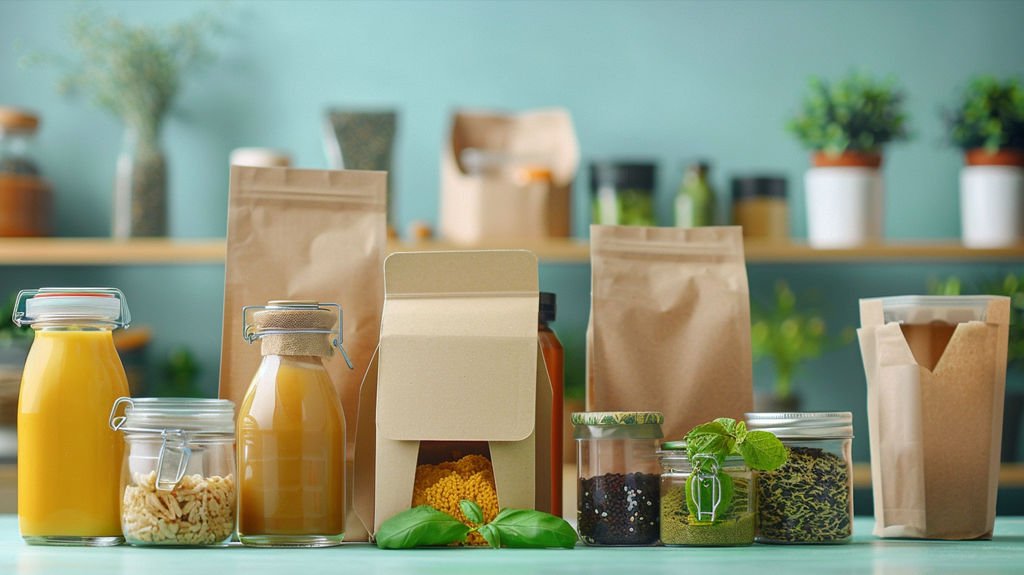
Food Type and Presentation:
The type of food you serve and how you want it presented will significantly determine which packaging is best. For instance, hot, wet or messy dishes may need containers with more leak resistance, whereas fragile items should have trays or inserts explicitly designed for them.
Durability and Functionality:
Your packaging should be strong enough to withstand transportation, stacking and handling without damaging the quality or appearance of your food. When making this decision, consider the materials' strength, resistance to moisture, and ability to retain heat during delivery.
Branding and Aesthetics:
Your packaging must mimic the brand's identity and the restaurant's deserved look. This will help avoid confusion among diners. Personalized labeling, printing, and design would be a great addition to communicating the brand's essence to customers and help them experience feelings of trust and uniqueness.
Environmental Impact and Sustainability:
The growing awareness among consumers is why top restaurants on the street opt for sustainable packaging, as it is one of the measures to mitigate the effects of single-use and waste plastics. Think about the recyclability, compostability, or biodegradability of the materials you pick, as these qualities define your restaurant as an eco-conscious establishment.
Cost and Availability:
In addition to quality and sustainability, the price and availability of packaging materials should be considered. Explore the market, talk with suppliers, and consider the alternative of buying packaging in volume to optimize your packaging budget properly.
Optimizing Packaging Efficiency and Sustainability
Getting hold of an effective and eco-friendly packaging strategy requires improving conservation and preservation methods.
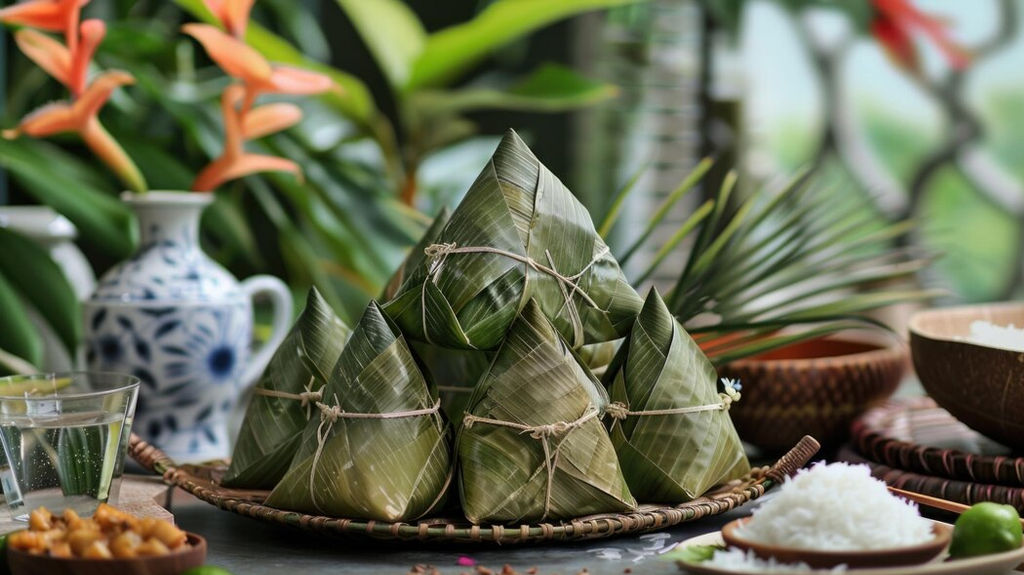
Streamlining the Processes
Consider your present pack-work processes and identify possibilities for efficiency enhancement. This can include implementing standardized packaging sizes, purchasing the necessary machinery and automation level, or giving the filling crew specialized training about quick packing.
Minimizing Waste and Optimizing Inventory
To keep waste generation in check, follow the usage of packing materials and keep your stock through inventory management. Clarify and identify the resources you need for just-in-time production, search for reused or refilling packaging, and try creatively using leftover materials.
Embracing Sustainable Solutions
According to the earlier discussion, transitioning to environment-friendly packaging to run the dining business is a compelling tendency.
Investigate compostable, biodegradable, and recycled materials that inform your restaurant's value and connect to the customers as they can be used when designing items like cutlery, containers or trays.
For instance, collaboration with local or regional suppliers may be a solution to offer eco-friendly and recyclable packaging alternatives consistently.
Educating and Engaging Customers
Make your packaging educational and entertaining for your customers and tell them about your sustainable position.
Of course, use transparent materials and have disposition statements for proper disposal or recycling. Please include a note requesting customers to return or recycle the packaging, reminding them of this brand's commitment to environmental protection.
Staying Informed and Adapt
The packaging realm is dynamic and sophisticated. Shifts, including new-age materials, technologies and regulations, facilitate entrenched dynamism in the market.
Staying current on every industry trend and monitoring customer expectations is vital. Additionally, constantly tweaking your packaging strategy based on market trends is the only way to ensure that you remain ahead of the curve and ahead of your competitors.
Choosing the most appropriate packaging materials for your restaurant is no doubt a challenging task. You must dedicate your time to fully understanding it by considering all the above factors, as you have many options available today.
What if you could get the best food packaging supplies under a single roof? This is where AAA Restaurants come in. As a complete marketplace for restaurants, we have the best options for food packaging supplies, which saves you time and money. Check it out now and explore the one-stop solutions for all your packaging needs.
